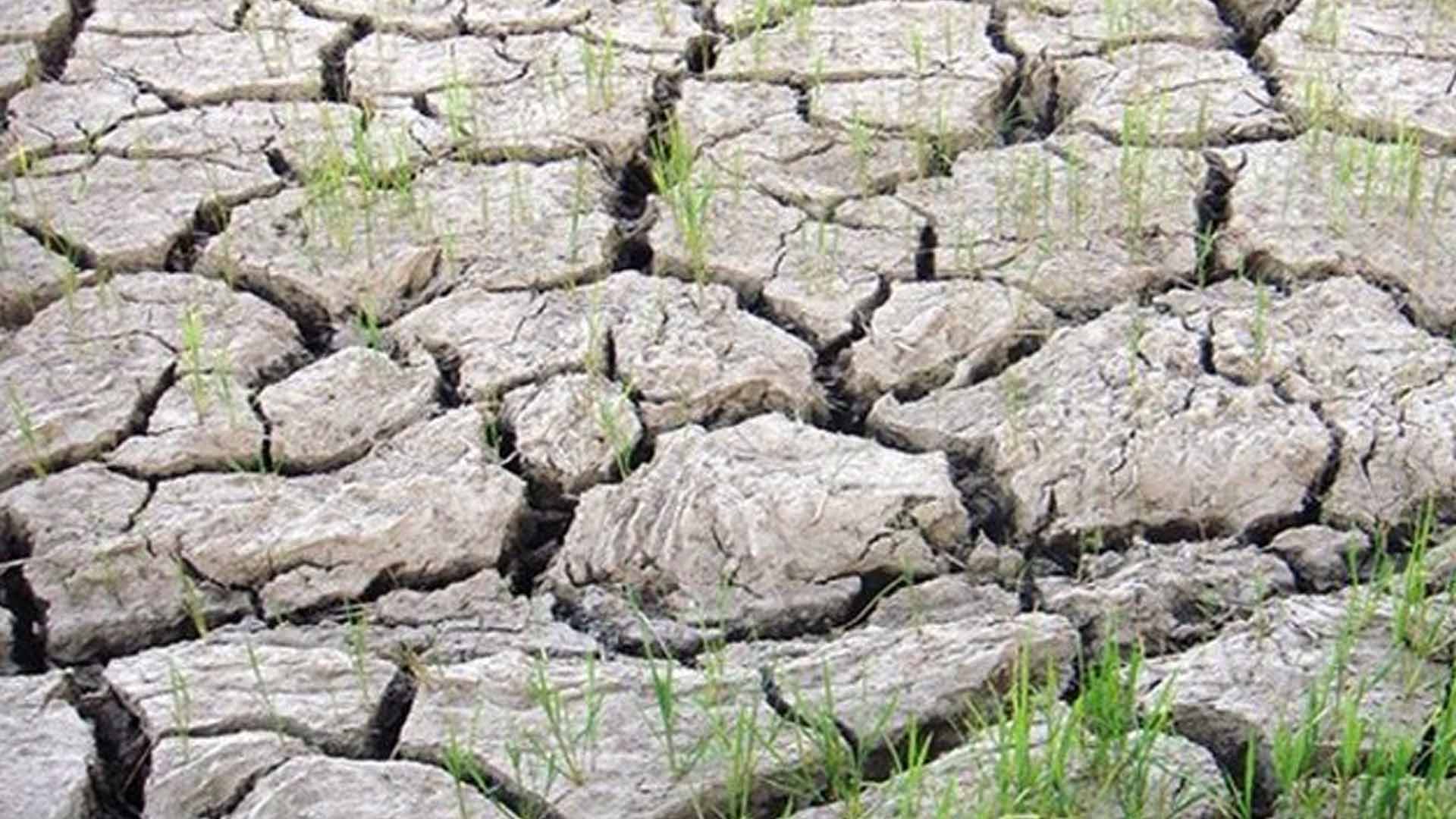The Department of Agriculture (DA) on Thursday said it has formed a National El Niño Team that will help mitigate the effects of the phenomenon to the country’s agriculture and fisheries sectors.
In a statement, DA National Corn Program director U-Nichols Manalo said the team was formed to handle the Mitigation and Adaptation Plan for crops, fisheries and livestock subsectors.
The team would also provide information, education and communication materials that would be disseminated through print materials, text blasts and radio broadcasts.
The measure was included in the agenda of the third quarter meeting of the National Sectoral Committee on Corn and Other Feed Crops the El Niño Outlook for 2024 held on Wednesday.
“For the past 25 years, we had seven El Niño episodes recorded. Three of those were categorized as strong El Niño with the majority of the damage affecting rice and corn. And if we’re looking at the historical data, it is likely that it will affect those areas that are previously affected,” he added.
Manalo said the El Niño outlook only serves as a guide and that ground assessment is more important to ensure that the interventions to be developed and implemented are appropriate.
“Usually, we asked the concerned agencies to validate whether the areas affected by El Niño can be planted with the original crops that are planted there or if other crops are possible. If we can no longer plant, we will enroll it in DOLE (Department of Labor and Employment) for cluster work or in DSWD (Department of Social Welfare and Development) for cash-for-work assistance,” he added.
As of last week, the DA-Disaster Risk Reduction and Management Office’s estimate of croplands vulnerable to El Niño in 2024 is at 250,000 hectares.
The phenomenon happens once every two to seven years.
The last El Niño affected the Philippines during the last quarter of 2018 until the third quarter of 2019. (PNA)








